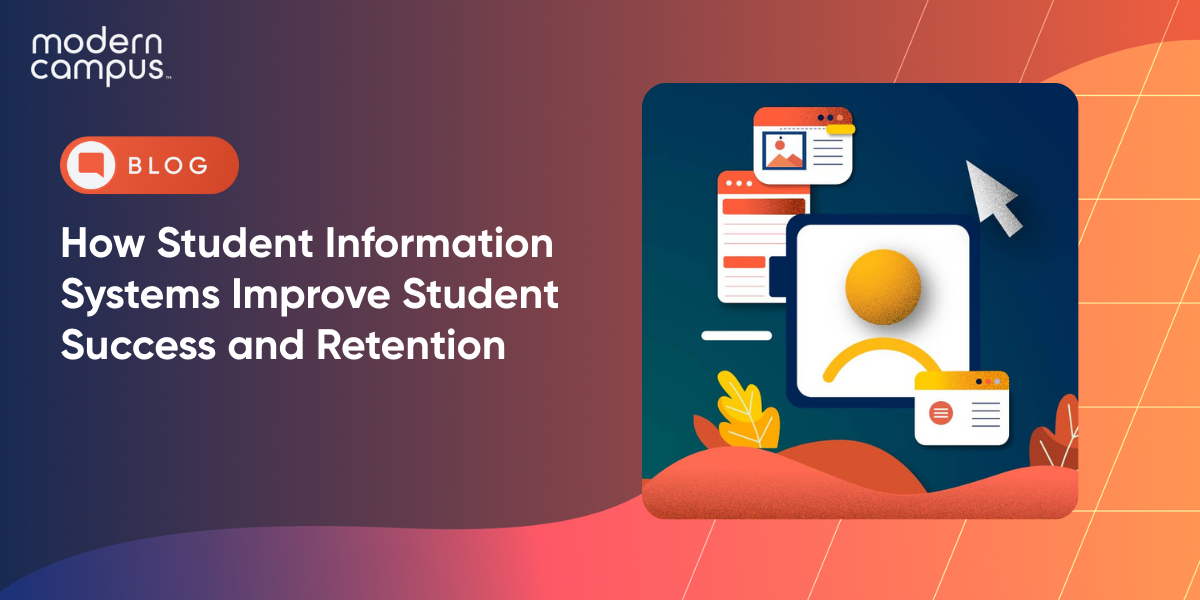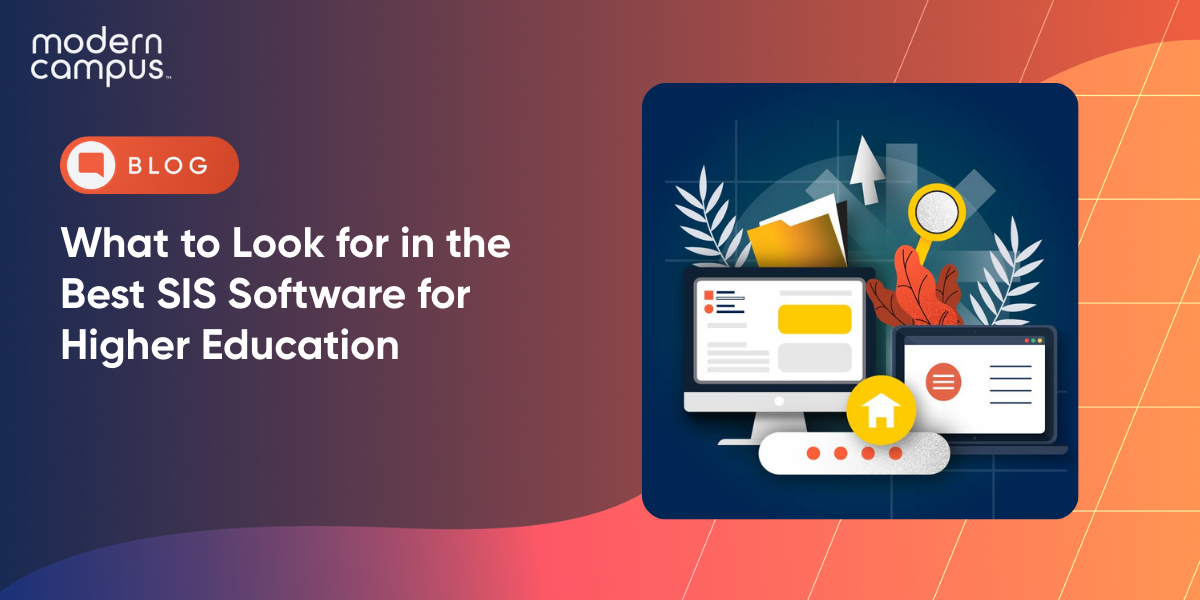Coming Together: How Higher Ed Can Help Underserved Communities
There’s a lot of responsibilities in higher ed—the responsibility of students to put in the work, faculty to provide the right instruction and the institution to provide accessible resources that advance modern learning.
Each institution also has a responsibility to ensure it serves the right students.
On this episode of the Illumination podcast, host Amrit Ahluwalia is joined by Anne Innis, Senior Director of Academic and Professional Programs at the University of Utah. The two discuss that responsibility to serve historically underserved communities and how institutions can properly assess the performance of a continuing education unit.
Many personal factors—such as a potential learner’s finances, availability, and access to reliable transportation—can act as barriers to their education.
The University of Utah recently ran a pilot cohort for students who required assistance accessing higher ed to earn stackable credentials. All program participants were also seeking language skills—to advance their understanding of English as a second language. There were 400 applications for only 30 available spots, and the university secured funding for each participant’s laptop, WiFi access and tuition.
The stackable credentials all focused on one common field: project management. Administrators thought stacking project management credentials with a general English program would be a relatively easy introduction to the idea of the pilot cohort.
“Not only do you need those general English skills but the language lab provides a sort of pre-teaching and scaffolding to the vocabulary, which was a critical component of the pilot program because it meant students could go to their project management courses and not have those extra questions,” Innis said.
The goal is to leverage bilingualism as an asset. Having English as a second language opens international opportunities for students, and the University of Utah is seeking to help learners overcome language barriers.
Continuing ed units have received increased attention in recent years—which Innis hopes will lead to an increase in allotted resources. That combination of focus and funds will allow CE units to take a step back and examine students’ challenge areas and how they can be addressed.
The pilot cohort, focusing on teaching specific course skills and general language acquisition, is new to the University of Utah and similar programs may be created to support other industries and student interests in the near future.
But, Innis says, there needs to be a tangible way to measure how successful and impactful these programs are for students and the surrounding community.
“Are they too narrow or too broad?” Innis says. “We don’t want programs that train folks to do one thing for one employer with one set of tools that may not exist in five years. But we don’t want to offer programs that are so broad that students can’t articulate a set of competencies and achievements to employers.”
Innis would like to find a middle ground. That requires looking at employer data to determine the employment rates of Utah alumni (includes the distribution of industries) and the transferability of skills between fields.
Years down the line, industries may look completely different from what they are today, so it’s critical for CE leaders to continually monitor workplace and employer trends in ensuring students learn the right tools for the job.
“At the end of our courses, we tend to ask if students found the classes useful, specifically about the teacher and the curriculum,” Innis said. “But I also love to hear about how people grew from this class and what else they would like to get as a result of our programs.”
If students want to continue learning, then the school has done its job, Innis says. It is the mission of the university to inspire thinking, pique interest and develop a lifelong love of learning. It’s possible to hit each of these marks, but there has to be the right methodology for ensuring that happens. Surveying often fails to adequately capture the scope of an entire semester.
Listen to This Episode
Listen on Apple Podcasts Listen on SpotifyRSS Feed
Last updated: June 3, 2022


